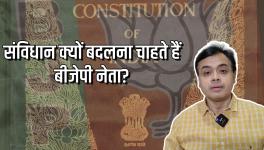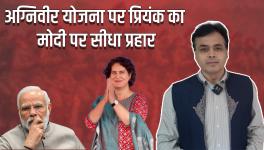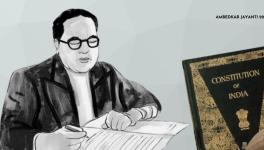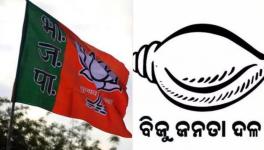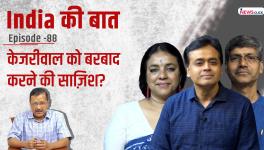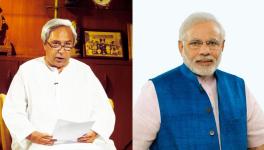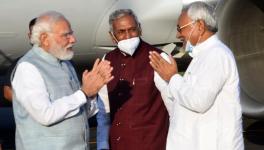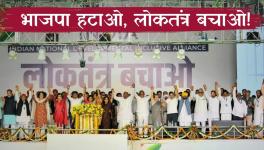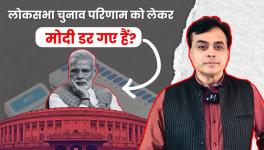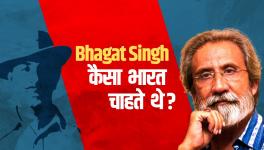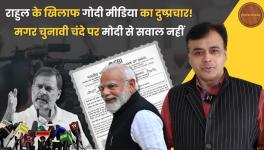Yogi Adityanath is Wrong: Indians Do Not Possess Slave Mentality
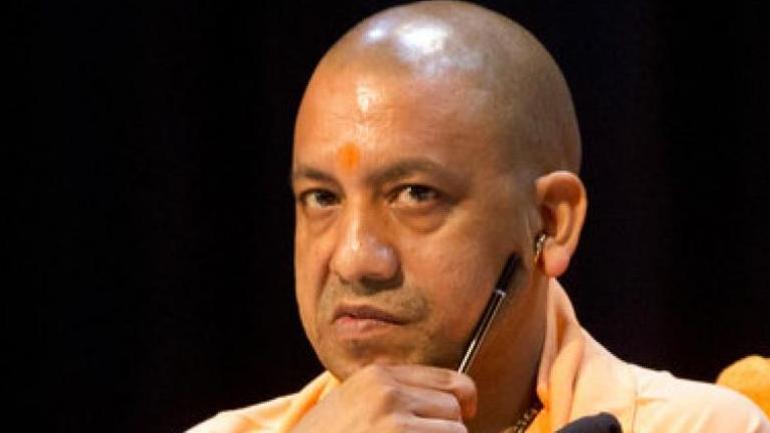
When the imperial political theorist James Mill segmented Indian History into “Hindu”, “Muslim” and British periods, he not only gave the British a tool to pursue their policy of divide and rule, he also provided a potent weapon to the future agents of communal politics to intensify their divisive policies. Muslim communalists claimed that India had been “ruled by Muslims”, while Hindu communalists claimed that Muslims are “foreigners” in India and that this has been their land since times immemorial.
One was reminded of the deep penetration of this communal viewpoint of history when Yogi Adityanath, the Chief Minister of Uttar Pradesh, announced that the upcoming Mughal Museum in Agra would be recast as a Chatrapati Shivaji Maharaj Museum. According to him, to name a museum after the Mughal empire and display artefacts from the period would reflect a mentality of subservience. He called it “mentality of slavery”. The Mughal Museum’s foundation was laid by Akhilesh Yadav, the previous chief minister of Uttar Pradesh. The museum was to come up near the Taj Mahal in Agra and display cultural facts and figures and in particular the armaments of Mughal kings. The aim was boost tourism in the state.
Of course, the Taj Mahal has also been downgraded by Hindu communalists. One PN Oak has been propagating the absurd idea that the structure once was named “Tejomahalaya”, which was a temple dedicated to the Hindu god, Shiva, and converted into a mausoleum by Shah Jahan. As soon as Yogi came to power in Uttar Pradesh, he began trying to omit the Taj Mahal from public memory, starting with erasing it from among the places of importance in the state. His recent utterances are in tune with the communal ideology which regards Islam as an alien religion and Muslims as foreigners.
Fact is, the travelogue of Jean-Baptiste Tavernier, a French traveller and gems merchant, tells us that Shah Jahan built the Taj Mahal in the memory of his wife, Mumtaz Mahal, who had died in 1631. The name of the monument is an obvious colloquial abbreviation of her name and was completed in 1648. The accounts of Shah Jahan’s court, which provide us with a detailed break-up of the regular expenses undertaken for the construction of this building also inform us of the provenance of the land it is built on—it had been acquired from Raja Jaisingh with due compensation.
To sort through this confusion, it is important to keep in mind how India’s history has been viewed. The perspective of the Indian nationalists has always tended to clash with that of the communalists, especially so in the last century and a half. The nationalist interpretation of history places India is a place of rich diversity and confluence of ideas and cultures. The Muslim kings who ruled parts of India became a part of the land. Most Muslim kings respected the diverse religious and other traditions that prevailed in this part of the world.
As Mahatma Gandhi had said, “The Hindus flourished under Moslem sovereigns and Moslems under the Hindus. Each party recognised that mutual fighting was suicidal and that neither party would abandon its religion by force of arms. Both parties, therefore, decided to live in peace. With the English advent quarrels recommenced.”
Similarly, the first prime minister, Jawaharlal Nehru, in his book, The Discovery of India dwelled on the rich interactions between Hindus and Muslims which lead to what he famously termed as ‘Ganga-Jamuni Tehzeeb’, a beautiful portrayal of which is seen in the TV series produced by Shyam Benegal, ‘Bharat Ek Khoj’.
Does this period, in which some parts of the country were ruled by Muslim kings, (not only Mughals, but also dynasties such as the Mamluk, the Khilji, the Ghaznavid, and in the South, the Bahmani, Haider and Tipu) amount to periods of slavery? While some kings like Mahmud Ghaznavi, Mohammad Ghori, Chengiz Khan plundered the wealth, most kings who ruled here became the part of the region. They presided over a system that was exploitative, but that was no different from any other rule, in which the producer, the farmer, was also the most exploited.
This period cannot be called an age of slavery. India’s slavery began with the advent of British rule, who plundered the wealth and suppressed and exploited the peasantry tremendously. In An Era of Darkness, the Congress leader Shashi Tharoor has done a good job of showing how India contributed nearly 23% of the global GDP until the British arrived and pulled it down to a mere 3% by the time they left. The popular historian, Nick Robbins, in his book, The Corporation that Changed the World, cites data according to which in 1700 the Indian economy was 24.4% of world GDP, which fell to 12.25% in 1870, roughly a decade after the British crown took direct control over India in 1858.
While the social structure did not change in pre-British era, there was a tilt towards modern democratic system in the 19th century, and modern education and judicial systems were introduced in India during the British period. Yet for the Muslim and Hindus communalists, the British version of Indian history as a struggle between Hindus and Muslims is the only interpretation. This is a self-serving version that represents the interests of the powerful classes of present-day India. They conceal the British plunder and imposition under the carpet to support their scheme of things.
At yet another level, important modern Indian figures such as the first law minister BR Ambedkar have seen Indian history primarily as a clash between the values of equality, as embodied in Buddhism, against the caste and gender hierarchy inherent in Brahmanism.
Whatever the version of history may be, all Hindus kings were not great and all Muslims kings were not villains. The third Mughal, Akbar, who was enthroned as emperor in February 1556 after his father Humayun’s sudden death, and Dara Shukoh (Aurangzeb’s brother and Humayun’s great great grandson) amalgamated various Indian religious strands. And Shivaji, who laid the foundation of the Maratha empire, curtailed the heavy taxation on poor peasants that prevailed in the Adilshahi era of the late Middle Ages in India.
It stands to reason that the real heroes of independent India are those who contributed to building a modern republic. The three major streams of this are represented by Gandhi, who united the country in the anti-colonial struggle, Ambedkar, who endeavoured for social equality and democratic rights, and Bhagat Singh, who stood for overthrowing British rule and economic and social equality. It is these values which should inspire modern Indians, and not those espoused by the kings and principals of yore, who belong to a period marked, by today’s standards, with social inequality and heft taxation.
All the positive developments strengthening pluralism and diversity with equality are the principles and values we need to look up to in times to come. Seen in this light, the Mughal museum was just a small attempt to preserve history and in no way symbolises subservience or “slave mentality”, which Indians do not happen to possess. Unfortunately, India’s rulers are primarily occupied with fostering social divides and that explains attempts to erase all symbols of the “Muslim” past and its icons. What started with changing names of cities (Allahabad, Faizabad, Mughal Sarai and so on) is now leading to a complete erasure on false grounds.
The author is a social activist and commentator. The views are personal.
Get the latest reports & analysis with people's perspective on Protests, movements & deep analytical videos, discussions of the current affairs in your Telegram app. Subscribe to NewsClick's Telegram channel & get Real-Time updates on stories, as they get published on our website.









